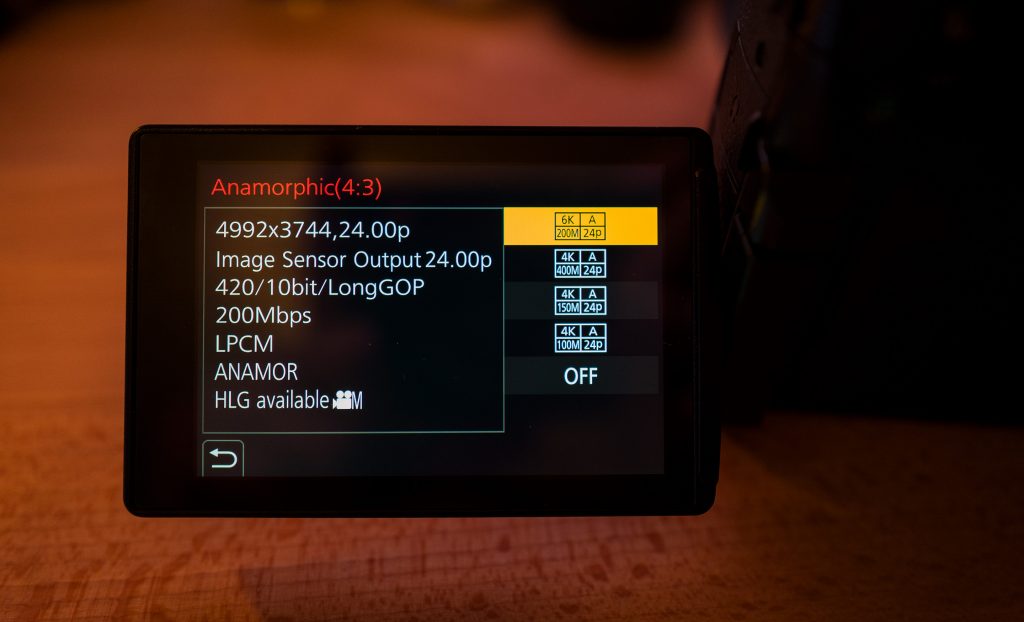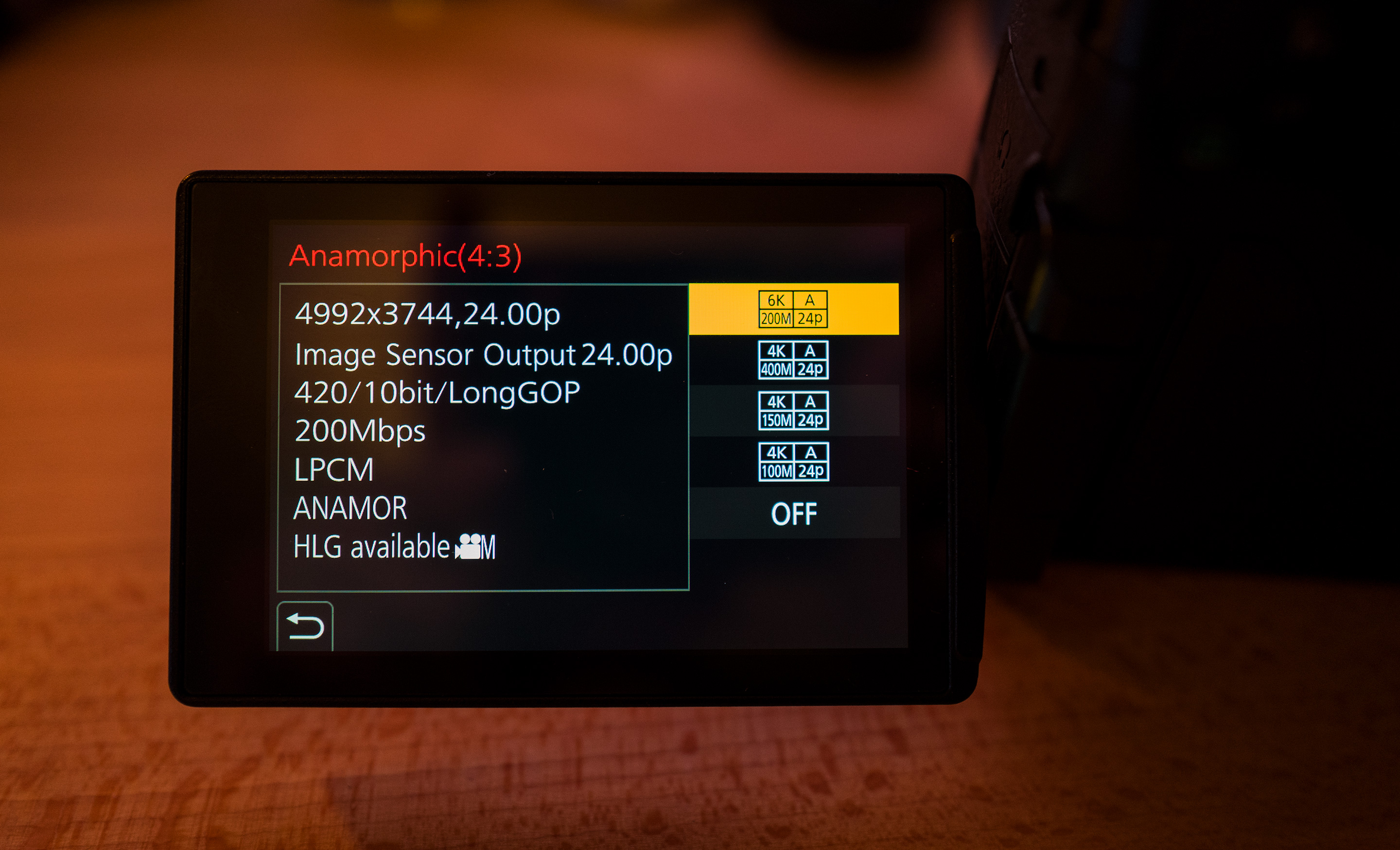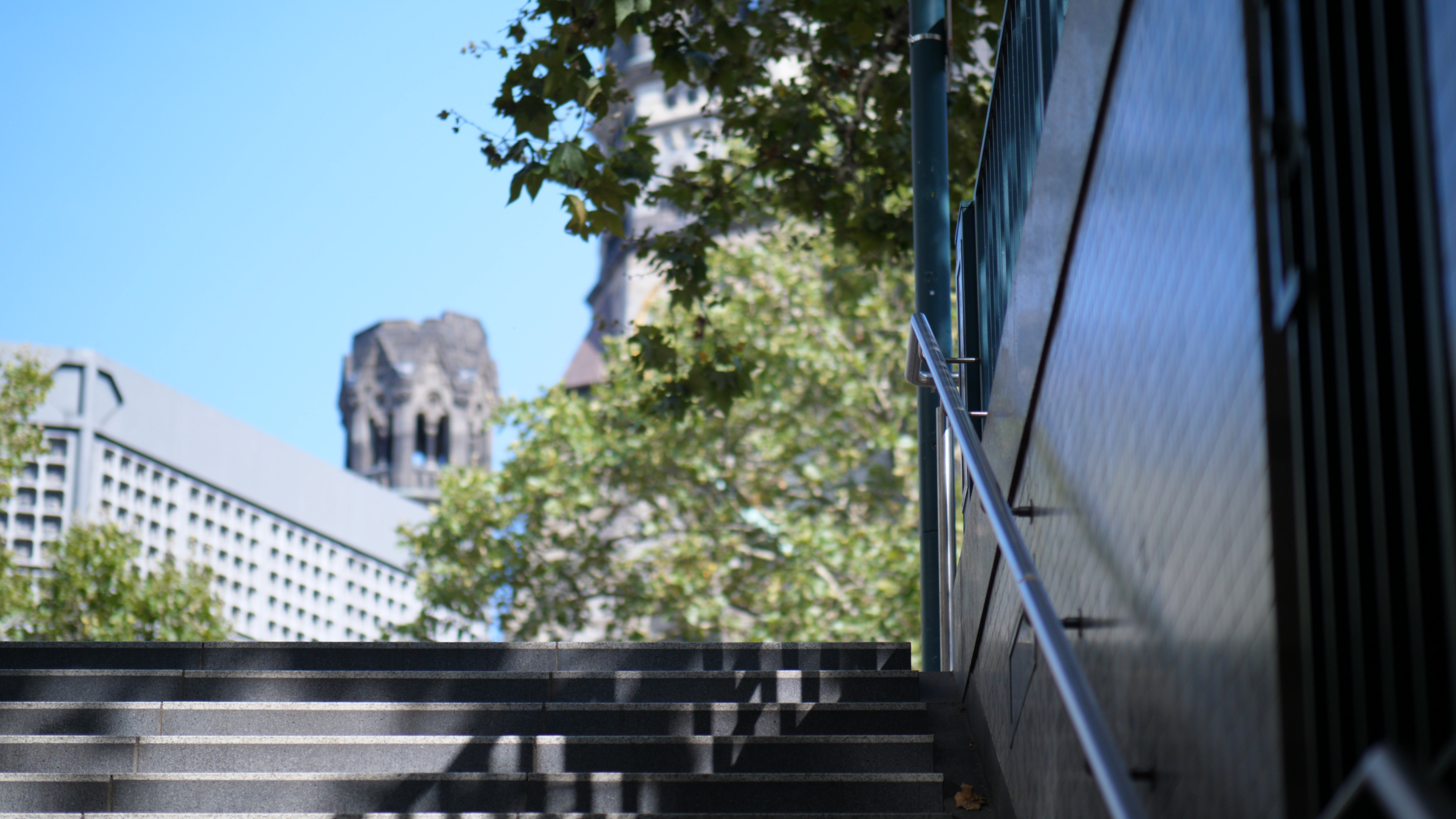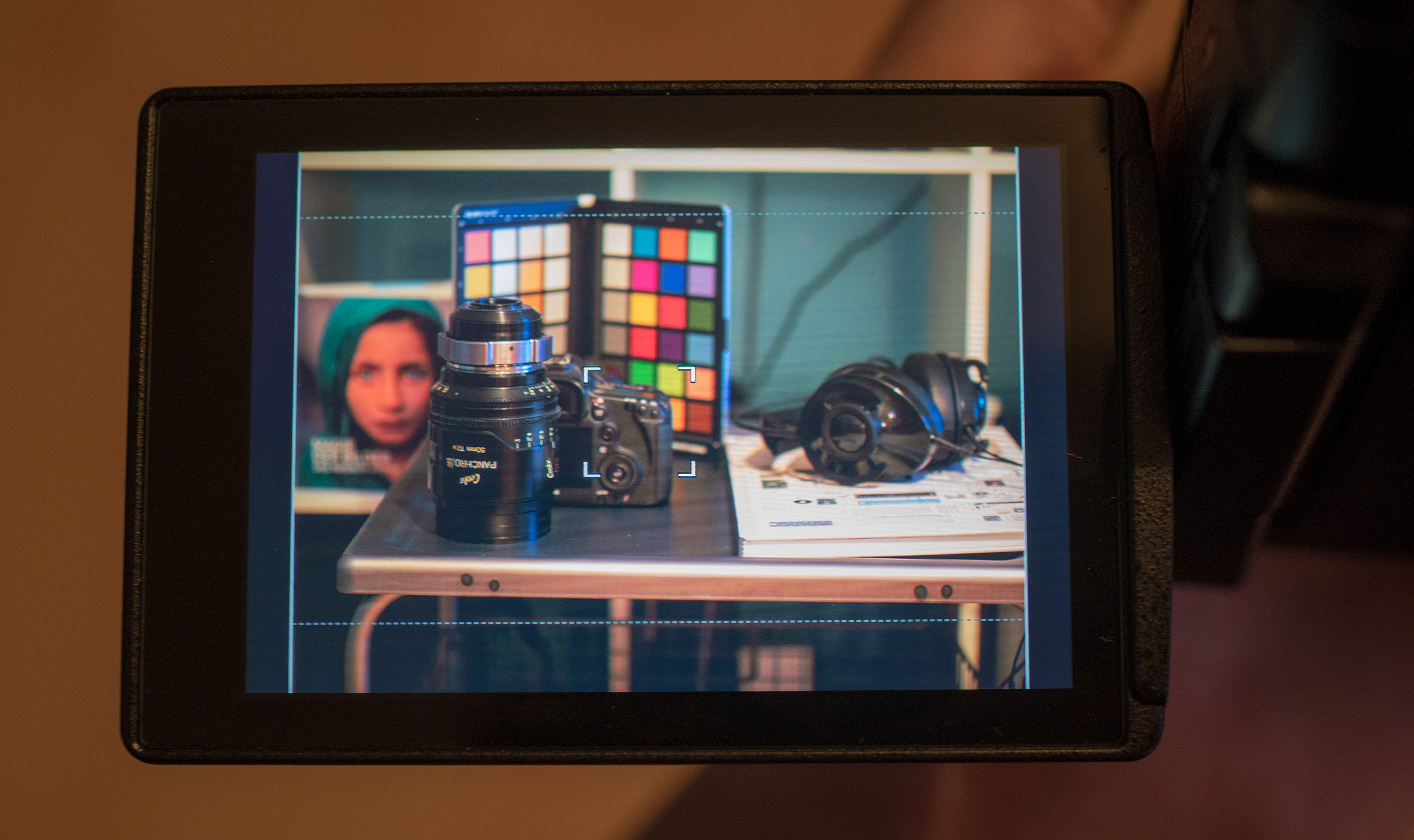
With the new firmware 2.0 update, the Panasonic GH5 becomes the first 5K 10bit H.265 mirrorless camera, and you don’t even need an anamorphic lens to join the party.
5K anyone? Well, Panasonic have delivered and it is in H.265.
Until now we have had cameras that do a 5K or even 6K sensor readout but never one that writes such high resolution directly to the memory card.
On the Panasonic GH5 the new firmware update 2.0 gives us the use of the very efficient H.265 codec for this. They did not scrimp on the bitrate either, which is a very nice 200Mbit/s and 10bit.
Open gate 4:3 aspect ratio
Cropped to 16×9
The key to all this is the new anamorphic “Open Gate” mode. This uses the entire sensor with no crop. You get a 4:3 image as if shooting a still. An anamorphic lens can be used to stretch this to a cinema-friendly aspect ratio. However…
The great thing about this is that you just turn on crop marks for 16:9 and use it like a normal video mode.
Because the recordings are 4992 x 3744, this gives you some interesting possibilities compared to Ultra HD at 3840 x 2160…
Placed on a 16:9 timeline in Adobe Premiere, I got 4992 x 2808 10bit with fine detail that had me rubbing my eyes in disbelief. The cherry on top? I could reframe the shot vertically to get rid of unwanted objects at the top or bottom of the original frame, or to improve the positioning of the camera.
Here is a full 4992 x 2808 frame grab from one of my files (click for full size version) –
I can do vertical pan-and-scans in post as well and re-frame to the cows come home. For the first time I have the ability to re-frame without ever dropping below 4K resolution, to cut things out of the shot that you don’t want like markers in a VFX shot or the occasional boom mic!
We call this kind of recording mode “Open gate” like on the Alexa XT, because it exposes the entire surface area of the imager. That’s 18MP in total, up from 8MP in Ultra HD 4K mode, that is a very significant opening up of the sensor. It is absolutely at full throttle. Even just taken horizontally, 5K is a nice upgrade from 4K in terms of resolution and you can oversample a 4K image from the 5K files in post for the ultimate in fine detail and minimised noise grain.
Horizontally you have an extra 1152 pixels to play with over Ultra HD for re-framing and cropping. Vertically you have an extra 1584, because the open gate recording uses the entire Micro Four Thirds sensor from top to bottom.
To use this high resolution anamorphic 4:3 mode as a normal 16:9 video mode, simply use a normal lens, keep the anamorphic de-squeeze display off and turn on the crop marks for 16×9, as shown below…
A range of frame rates are offered in this mode too… but the ones you will see in the anamorphic menu depends on the System Frequency you set the camera to. In 24hz (Cinema) mode, you get 5K at 24p. Switch to 50hz (PAL) and you get 25p. Go 60hz NTSC and you get 29.97p and 23.98p respectively. So remember to go into the System Frequency menu to get the frame rate you need. 60p and 50p are available in anamorphic mode as well, but only at the lower resolution and bit-depth (3328 x 2496 8bit).
The 5K is full on 10bit!
So to wrap up, the 4:3 mode can be used as a legitimate 5K 16×9 video mode with continuous recording and I didn’t experience any over heating problems on the first day of shooting with it. The H.265 codec also seems to hold up incredibly well. It’s easy to convert the files to 5K 10bit ProRes for smooth editing, by using EditReady 2 just as with the Samsung NX1 and I had no compatibility problems in post, apart from VLC Player struggling to preview the H.265 files directly from the SD card. A standard UHS-I 95MB/s SanDisk card was used without issues, as the data rate in H.265 is quite a bit more relaxed compared to 400Mbit/s ALL-I.
A great feature and I am going to bring you some actual 5K footage soon, once I’ve finished on the edit!
(Please note, this is still pre-release firmware and might not be 100% representative of the final image quality).










